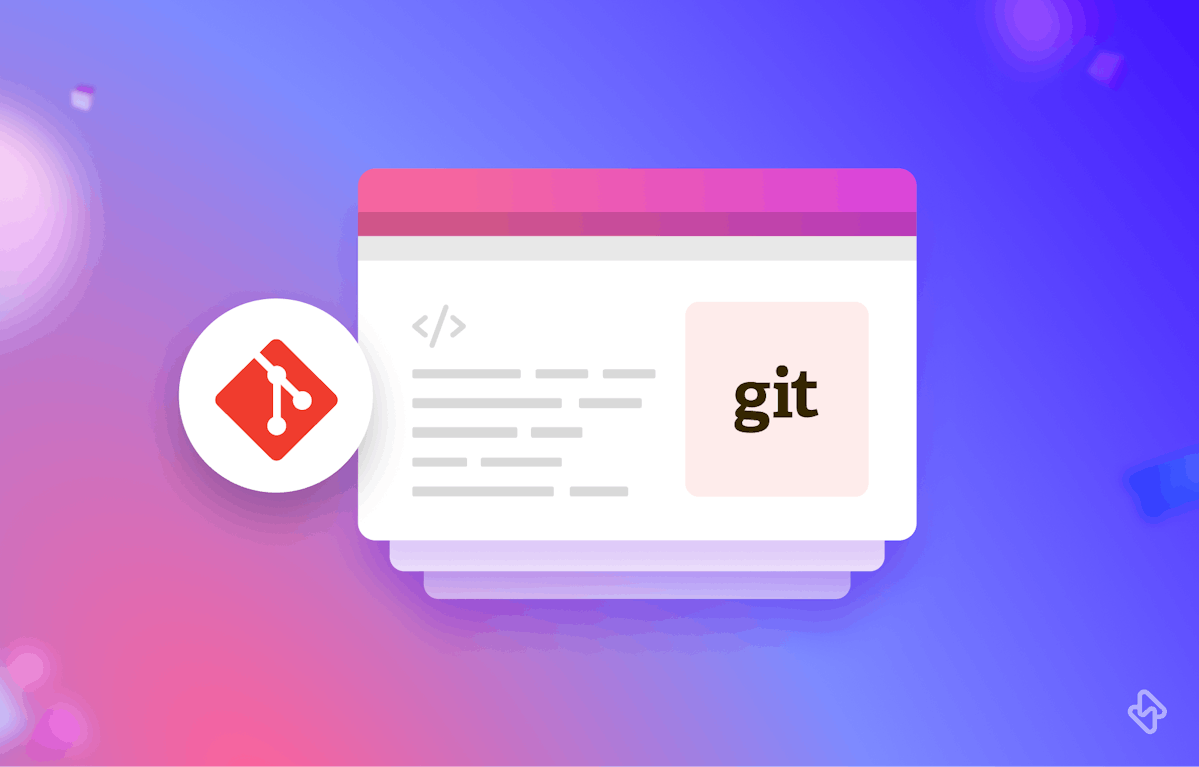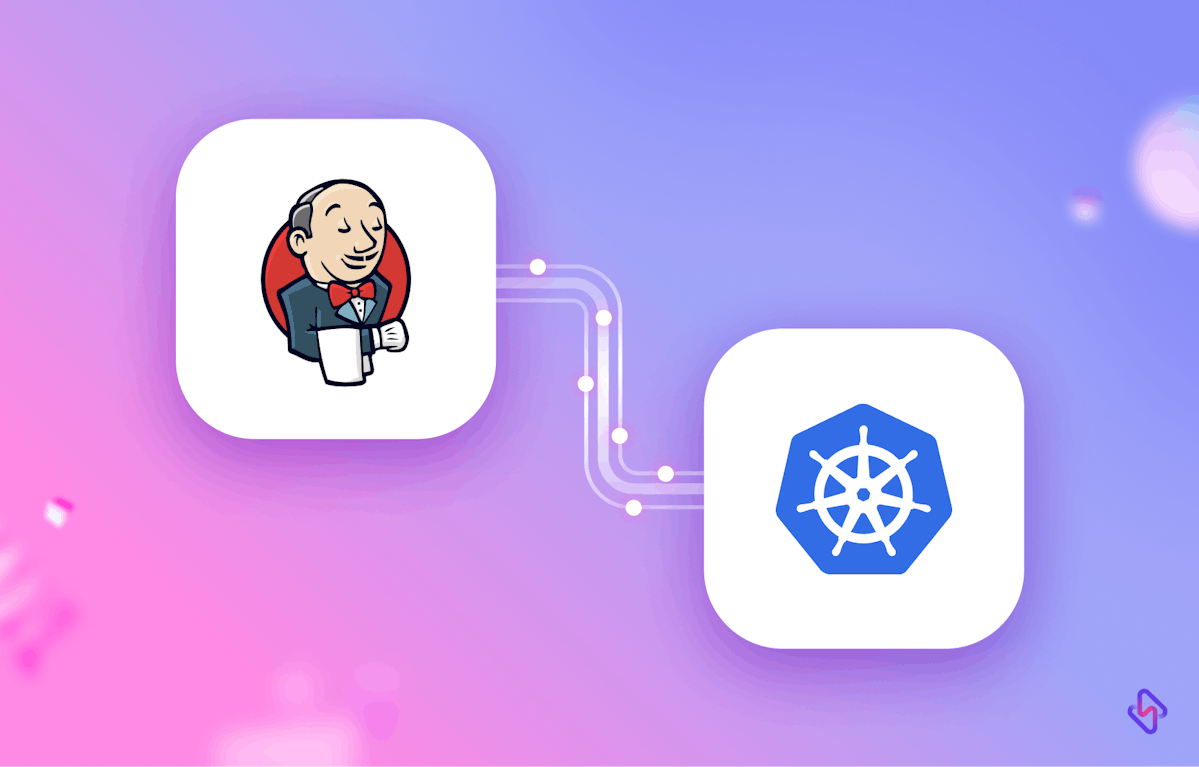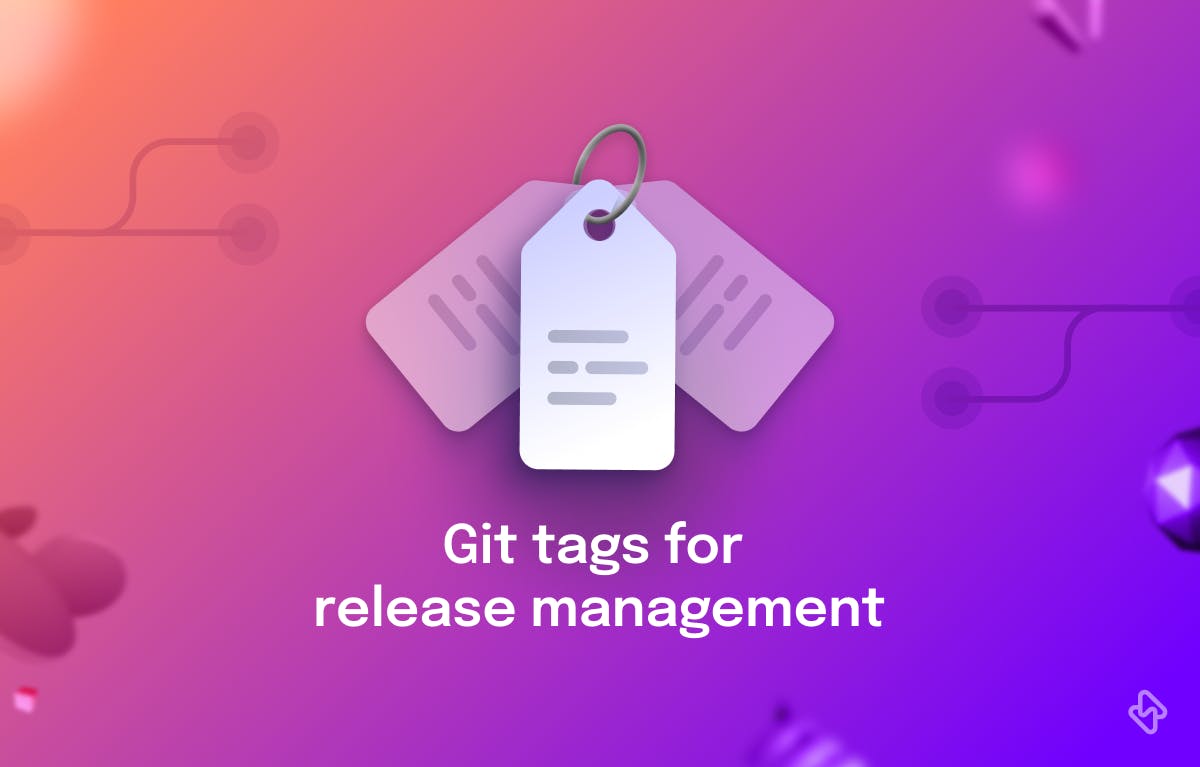Git's versatility has shaped it into a vital tool in the toolbox of developers, project managers, and teams around the world. Whether you're a budding coder or a seasoned developer, understanding Git operations can revolutionize the way you work.
Why Git, you ask? Well, Git repositories offer an efficient system to track changes, revert back to previous versions, and work collaboratively without stepping on each other's toes. Having a sound understanding of Git allows for better code management, heightened productivity, and a streamlined collaborative experience.
In this article, we'll walk through a number of crucial Git operations, including cloning, updating, downloading, configuring, and cleaning a repository. Each of these operations forms a critical part of a developer's day-to-day activities. By the end of this guide, you'll not only grasp these concepts but also gain practical knowledge on how to carry them out efficiently.
Getting Started with Git
Alright, let's start with the basics. Git is a powerful version control system, and it's essential for modern software development. So, step one: if you haven't already, go ahead and install Git. It's available on all major platforms, so you're covered, no matter what you're using. Once Git is up and running, you'll want to set up your user details - just use the 'git config' command to input your username and email.
Cloning a Git Repository
Now, the first proper step in working with any Git repository is cloning it. Cloning is just a fancy term for copying a repository from a remote server to your local machine. Using the 'git clone' command followed by the URL of the repository will get the job done.
Occasionally, you might hit a roadblock or two - like issues with SSH keys or repository permissions. But hey, that's part of the learning curve. Keep a cool head, search for the error message online, and you'll find a solution in no time.
Updating a Git Repository
Once you've got the repository on your local machine, you'll want to keep it up-to-date with the remote version. You've got a couple of options here: 'fetch', 'pull', and 'merge'.
'Fetch' just downloads the data from the remote repository, without merging any changes into your local branch. 'Pull', on the other hand, is a combination of 'fetch' and 'merge' - it downloads the data and merges the changes. Depending on the scenario, you'll want to choose the right method.
Updating your repository is a bit like maintaining a garden - a little care and attention regularly can save you from a lot of trouble down the line.
Downloading Files from a Git Repository
Next up, we'll talk about downloading files. If you need just one file, 'git show' or 'curl' can come in handy. But if you need the whole repo, just clone the entire repository.
Configuring a Git Repository
Now let's touch base on Git configuration. Remember when we set up your username and email? That was a part of the configuration. But it's not just about that. You've got '.gitconfig' and '.gitignore' files to help you fine-tune your repository's behavior. For instance, you can use '.gitignore' to tell Git to, well, ignore certain files that you don't want to track.
Cleaning a Git Repository
And finally, we arrive at cleaning your Git repository. After a while, your repository might feel a bit cluttered - with unused branches, old files, and other remnants. That's where 'git clean' and 'git gc' come into the picture. They help you declutter and keep your repository in top shape. But be careful with these commands - they are powerful, and you don't want to delete something important by mistake.
Best Practices and Tips to Use Git
Throughout your journey with Git, you'll learn a lot - not just about Git, but also about managing your code and collaborating with others. Here are a few quick tips:
1. Commit Often and Write Useful Commit Messages
Your repository's commit history allows you to go back to previous versions, and understand what changes were made, and by whom. By committing often, you ensure that changes are modular and manageable. Furthermore, writing clear, concise commit messages helps collaborators (and future you) understand the purpose of each change.
2. Use Branches for New Features
Branches comes into play when it comes to adding new features or experimenting. They allow you to isolate changes without affecting the main project. Once your feature is ready and tested, you can merge it back into the main branch.
3. Don't Commit Sensitive Data
Sensitive data like passwords, API keys, or proprietary information should never be committed to a Git repository, especially if it's public. You don't want to give away the keys to the kingdom. Use environment variables or secure vault services to keep these safe.
4. Keep Your Repositories Clean and Organized
A well-structured and clean repository is a joy to work with. Regularly prune unused branches, maintain a tidy project structure, and write good READMEs. Treat your code repository like your workspace - a clean workspace leads to efficient and error-free work.
5. Understand and Use .gitignore:
The .gitignore file helps you control what goes into your repository. Use it wisely to exclude non-essential files like local configurations, system files, or package installations. This helps keep your repository clean and your commit history relevant.
6. Power of 'Undo':
Git provides powerful tools to correct mistakes - from simple command typos to serious bugs. Master commands like git revert, git reset, and git reflog. Remember, everyone makes mistakes, and Git is there to help you fix them.
Remember, the goal is not to become a Git command master but to use Git effectively to make your life easier.
Git: Your Key to Efficient Development and Seamless Collaboration
Always keep in mind that a well-managed Git repository isn't just about a clean codebase, it's also about effective communication. Proper use of commit messages, branches, and configurations can drastically improve collaboration and avoid headaches down the line.
Going forward, I urge you to explore Git further. It's an ocean of potential and there's always something new to learn. Look into advanced topics like rebasing, cherry-picking, and bisecting when you're ready.
Of course, there's so much more to learn. So, don't stop here. Check out the official Git documentation, and take a look at various blogs on product management at Hatica’s blog page.






